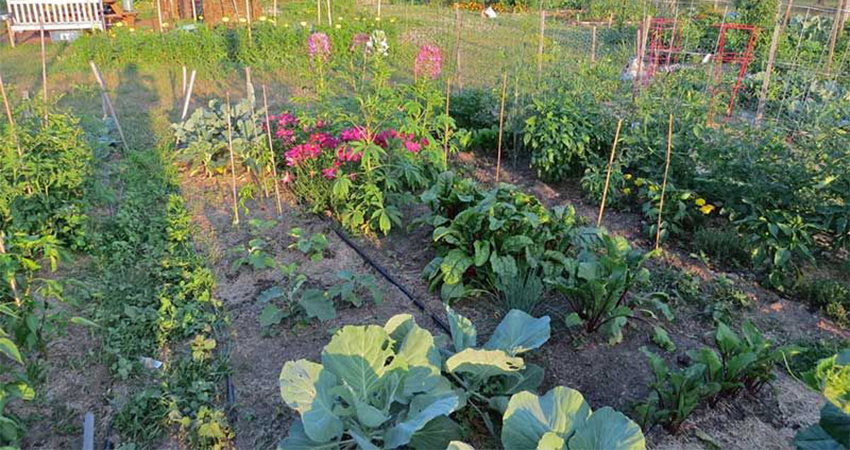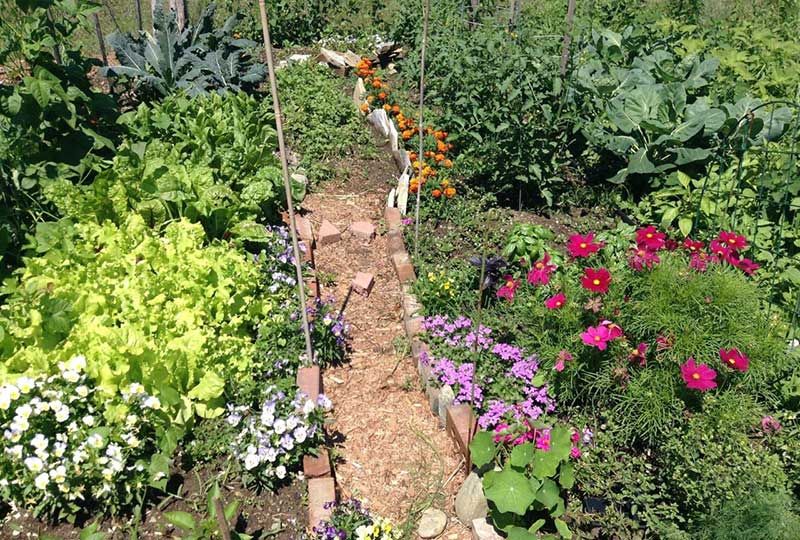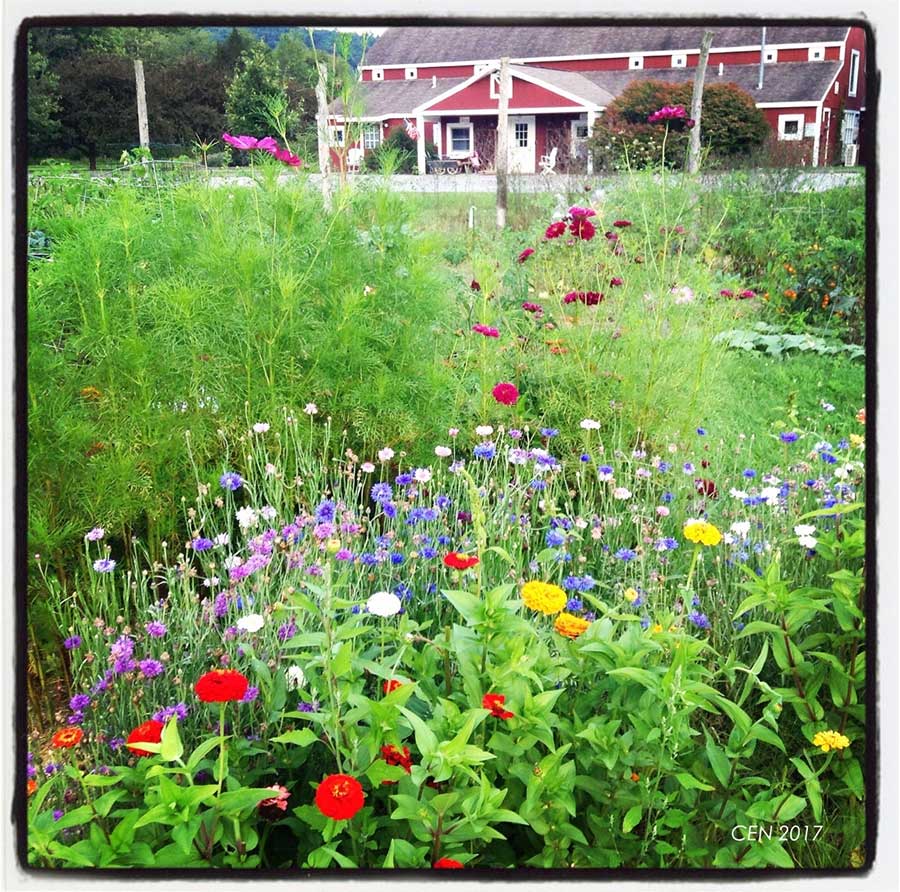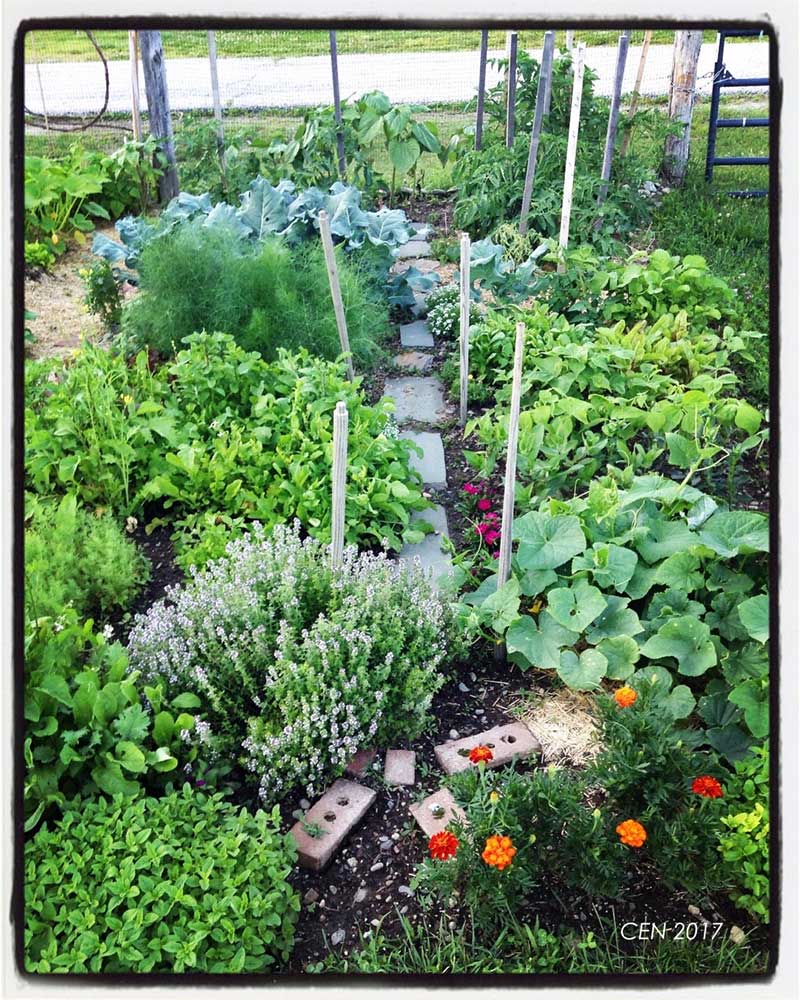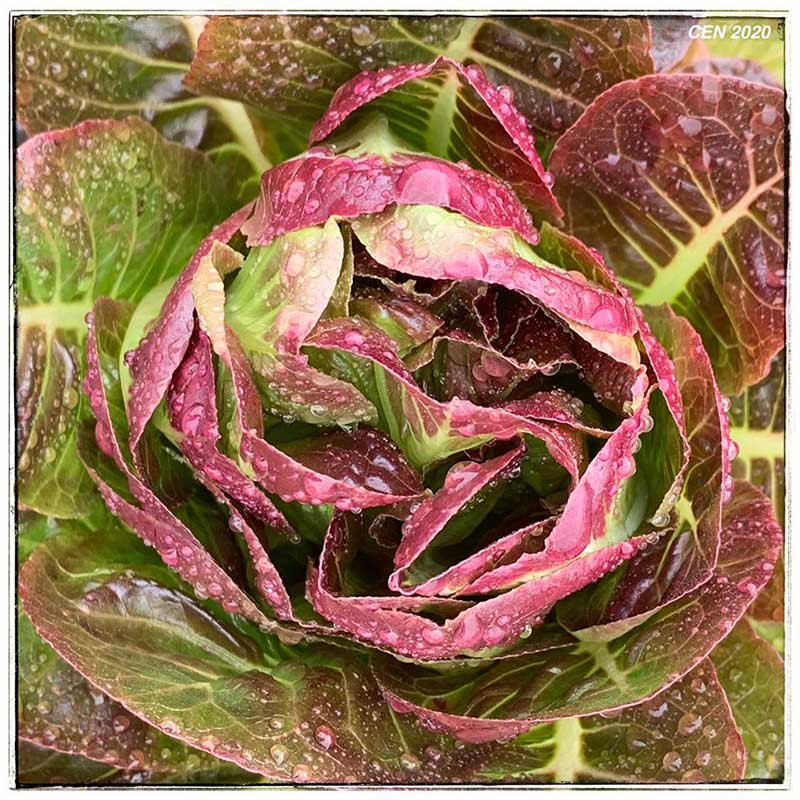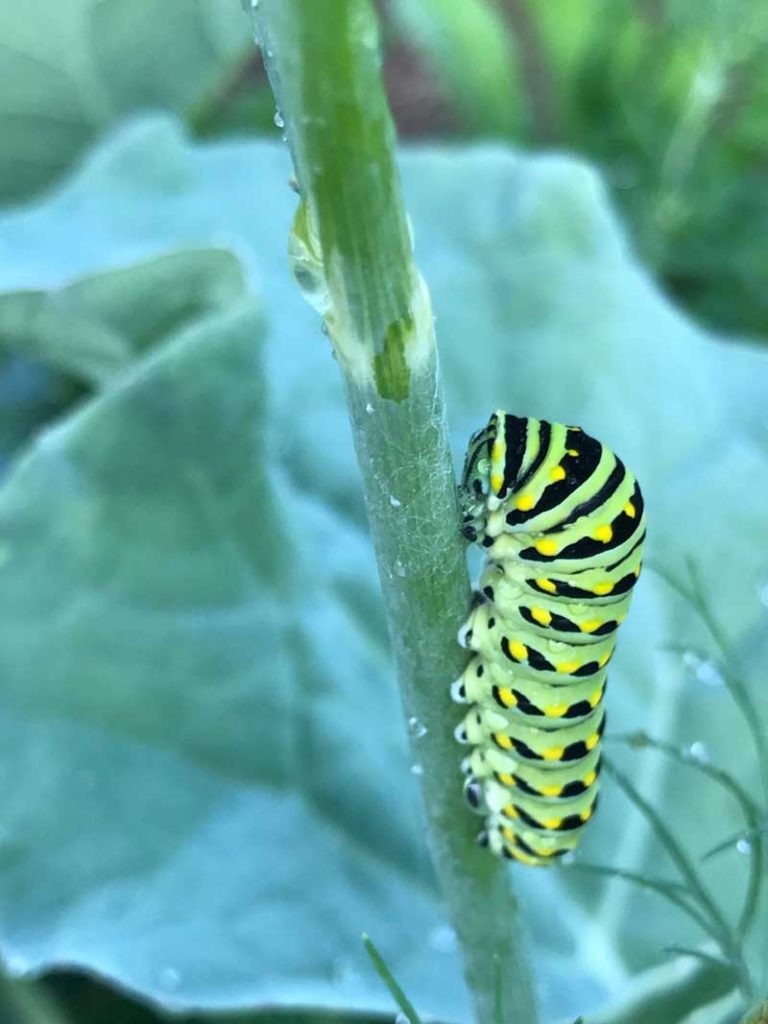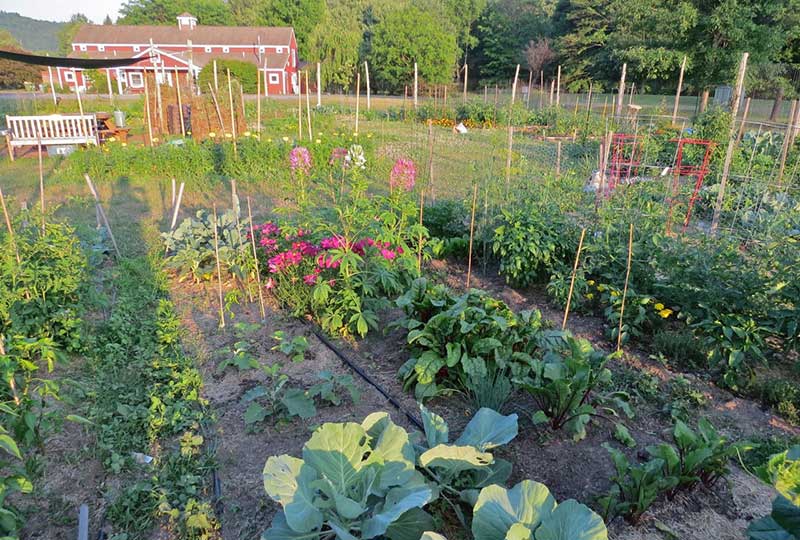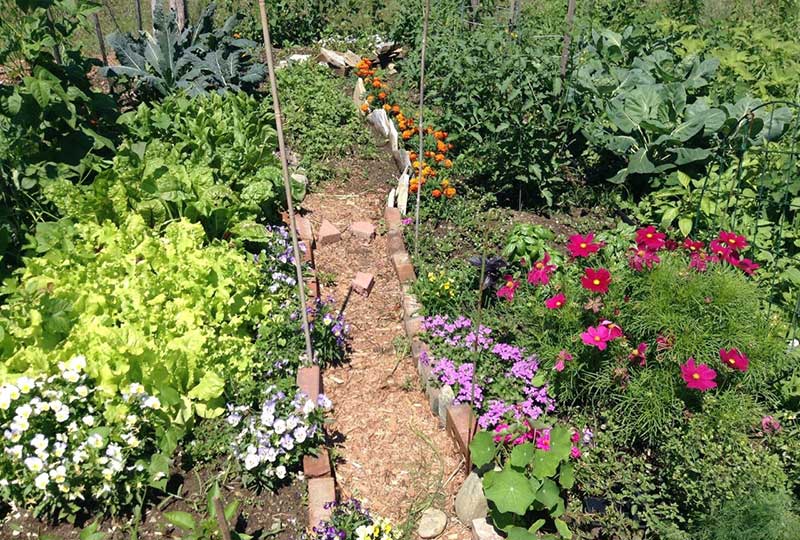Eight growing seasons ago in 2013, Salisbury Family Services (SFS) board member and professional gardener Peggy O’Brien had the seed of an idea for an organic community garden on the rocky grass area in front of the SFS office. Her vision took root with fellow board members and Director of Social Services Patrice McGrath and the Hewat Community Garden was founded.
When O’Brien left the area the following year, Cathy Niles took over as the volunteer garden coordinator. Why her? “It wasn’t my gardening expertise,’ chuckles Niles, now a board member of SFS, “ I was still new to growing vegetables but I have a personality meant for organizing things.” This includes helping McGrath administer the 38 plots, communicating about garden rules with subscribers, organizing capital improvements, general maintenance (moving garden tools and furniture in and out of winter storage, getting the water turned on/off, mowing the grass, organizing the disposal of compost with volunteer Josh Allyn), and growing a plot’s worth of veggies, especially for The Corner Food Pantry.
A visit to the garden is like walking through the gate into something magical. This has everything to do with local architect Mac Gordon’s circular design, which harnesses the shape’s spiritual power and must add some magic energy because the garden is prolific. Around the periphery of the garden is a sturdy fence, upgraded two years ago when four-footed marauders stormed the barriers on a too-regular basis. Thirty-eight plots radiate out to the fence. In the center are several herb and pollinator gardens.
Bees are not the only creatures benefiting from pollination. For Niles, “The garden is a visual reminder of how people can come together for a common purpose. We have folks from a variety of professional backgrounds and different levels of gardening expertise. Information and seedlings are shared throughout the garden.”
Every plot bears the stamp of the originality of its gardener. Some grow all vegetables, some a mix of flowers and vegetables, and for Helen Baldwin, a dedicated pollinator enabler, it’s milkweed that has become her focus. Singlehandedly, she has harnessed milkweed–if that’s possible, which is the sole food of the Monarch butterfly. Last year, she registered the community garden as a Monarch Waystation, a program of Monarch Watch as she began to cultivate the plant to aid the disappearing Monarch Butterfly.
Baldwin explains, “The program offers a number of guidelines for becoming a Waystation. Regarding milkweed, the guideline is that you have at least 10 milkweed plants, made up of two or more species. When all the milkweed popped up in my plot this spring, I realized the community garden would truly be an attractive place for monarch caterpillars and butterflies.
Fellow gardener Rosina Rand “loves the community–and kale. It’s pleasant in the garden, and as a lifelong gardener, I learn from the people around me. And I’m grateful that it honors the Hewats, a family that has been so generous to this community.” Heath Prentis has her own take on the garden, “It’s a joy being here and I’m amazed at how productive my garden is.” As she stands with the garden hose in one hand and a clump of weeds in the other, she reflects, “For me, this garden is a sanctuary in these times.”

